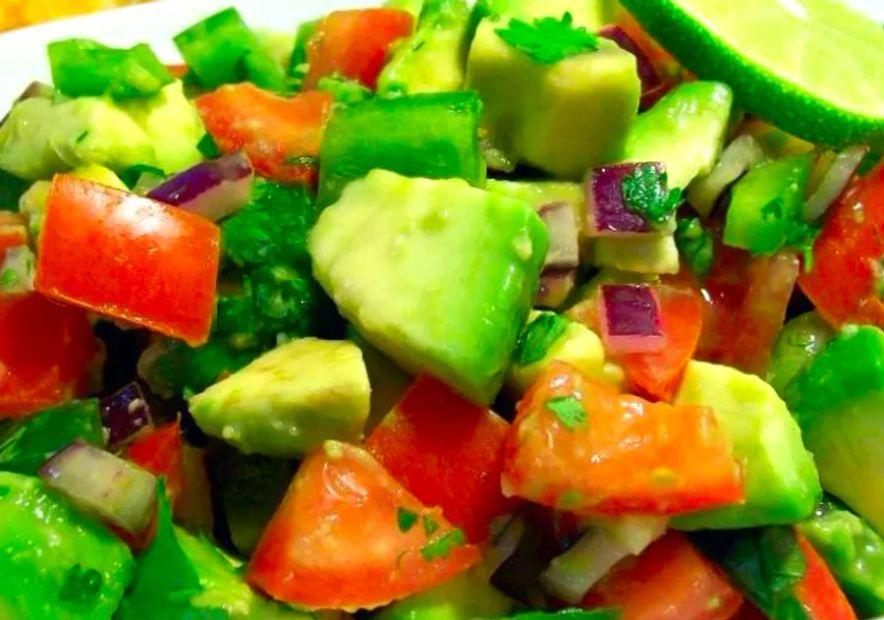How to Nourish Your Gut: Recipes and Tips for a Balanced Microbiome Diet

Did you know? Our bodies host trillions of microbes, most of which reside in the gut. These tiny organisms play a crucial role in maintaining our overall health.
While science is still uncovering all the details, early findings are fascinating. Our gut microbes defend against harmful invaders, aid digestion, produce vitamins, and fortify our immune system. New studies even suggest connections between the microbiome and mental health, as well as neurological conditions like Alzheimer’s, Parkinson’s, epilepsy, and autism.
Supporting our gut microbes means supporting our health. A simple way to start is by feeding them what they thrive on—fresh fruits, vegetables, whole grains, and fermented foods—while avoiding processed sugars. Here are eight ways to nourish your gut, plus top-rated recipes for the Microbiome Diet.

1. Include a Wide Range of Plants, Fruits, and Vegetables
It’s timeless advice: just as we benefit from a variety of nutritious foods, so do the beneficial bacteria in our microbiome. These microbes thrive on a diverse range of fiber-rich foods. So, load up on bananas, beans, onions, leeks, oats, whole grains, nuts, avocados, leafy greens, broccoli, and asparagus. Don’t forget fermented foods like yogurt, kimchi, and sauerkraut. The more variety, the better, since different fibers nourish different types of bacteria, each benefiting the body in unique ways.

Pictured: Avocado Salad. This top-rated dish features a vibrant mix of fresh, healthy, and flavorful vegetables.
Looking for another reason to choose whole, fiber-packed foods? Studies suggest that additives used in processed foods to improve texture, sweetness, stability, or thickness could be harming our gut microbiomes. These additives aren’t digestible by humans, but they may fuel harmful gut bacteria (like C. diff and E. coli) and even damage the protective mucus layer in our intestines. These unintended side effects are significant.
In The New York Times, science writer Moises Velasquez-Manoff reports that a growing body of research reveals how common food additives may disrupt our microbial communities. These additives could contribute to diseases like obesity, diabetes, and inflammatory bowel disease. To learn more, check out Velasquez-Manoff’s article, The Germs That Love Diet Soda.
2. Avoid Overcooking Your Vegetables
Overcooking vegetables softens them too much, making them easier to digest quickly. Leave them a little crunchy, and you’ll provide more food for the microbes in your gut to feast on.

Pictured: Broccoli Mango Salad. This vibrant salad blends the crunch of broccoli with the sweetness of mango and mandarin oranges for a refreshing twist.
3. Eat More of the Whole Plant
Don’t just munch on the tender tips and florets—make use of the entire vegetable, including the stalks and stems. Your gut will benefit, and a healthy gut can boost your mood. The microbes in your gut play a role in processing mood-regulating neurotransmitters, such as serotonin, contributing to your overall sense of well-being.

Pictured: Roasted Vegetable Medley. This dish packs a punch for gut health, featuring a colorful mix of asparagus, yams, parsnips, carrots, zucchini, and red peppers. A wholesome feast!
4. Include Fermented and Cultured Foods in Your Diet
Start your day with yogurt, add some sauerkraut to your sandwiches and salads at lunch, and enjoy a serving of homemade kimchi with grilled or roasted meats for dinner.
5. Give an A+ to Artichokes, Asparagus, and Avocados
These fiber-packed foods are top-rated for gut health. And don’t overlook Jerusalem artichokes—despite the misleading name, they’re not from Jerusalem and aren’t even artichokes, but they’re some of the best foods for your gut.

Pictured: Zucchini and Artichoke Salad. This refreshing dish combines sliced chicken breasts with artichokes, zucchini, and garbanzo beans for a light yet satisfying meal.
6. Embrace the Power of Greens
Your beneficial gut bacteria thrive on the fiber found in leafy greens like kale, spinach, bok choy, and more.

Pictured: Roasted Yam and Kale Salad. This dish features fresh kale paired with caramelized onions, garlic, and roasted yams for a flavorful, hearty meal.
7. Make Leeks Your New Best Friend
Leeks are renowned for their ability to support gut health. Watch Chef John prepare his easy and flavorful Sexy Fish Stew, loaded with leeks, shallots, and fennel bulbs.
8. And Now, A Final Tip About Sauerkraut
Sauerkraut isn’t just for hot dogs! Add this tangy, fermented delight to summer salads, stir-fries, sandwiches, pork chops, or even scrambled eggs for a gut-friendly boost.

Pictured: Sauerkraut Salad. A vibrant mix of sauerkraut, onions, celery, bell peppers, carrots, and pimento peppers tossed in a tangy, slightly sweet dressing. Let the flavors blend overnight for maximum deliciousness.
Why is Dietary Fiber Beneficial for Our Health?
When we consume dietary fiber, we're nourishing the bacteria in our gut. These billions of microbes thrive on fiber, which humans cannot digest, allowing them to grow stronger and healthier.
In return, a healthy gut microbiome supports a robust immune system. As the gut bacteria break down fiber, they produce short-chain fatty acids that help maintain intestinal health and may even reduce excessive immune responses.
A fiber-rich diet may help combat obesity and lower the risk of heart disease, diabetes, and gut issues like irritable bowel syndrome (IBS). For a deeper dive into the health benefits of fiber, check out more about fiber’s advantages in The New York Times.
Craving more? Explore our top-rated Microbiome Diet Recipes, designed to nourish your gut and support your microbiome.
Evaluation :
5/5



